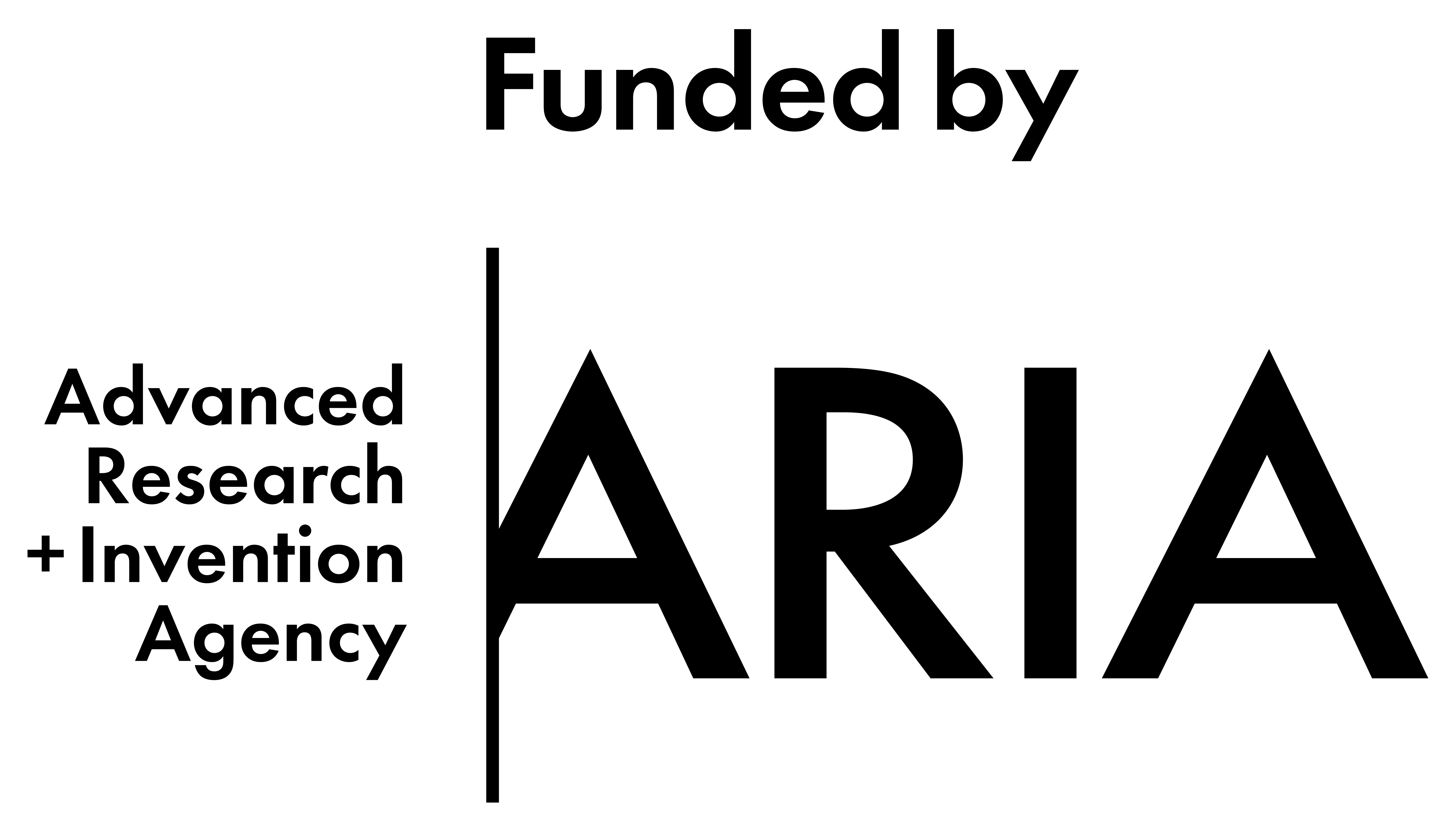Clouds present the most pernicious remaining unknown in our climate forecasts. This is because processes at an incredible range of scales—from microscopic molecular interactions to planet-wide systems—govern how clouds form and evolve. Existing active sensors measure microscopic properties, whilst passive microwave tells us about mesoscale structures, but there is a paucity of observational constraints at intermediate scales.
Clouds Decoded, funded by the Advanced Research + Invention Agency, considers what high resolution satellites like Sentinel-2 and Landsat can tell us about clouds. For these sensors—designed to study processes on the Earth’s surface—clouds are currently viewed purely as an obstacle. Petabytes of cloudy data are left to gather dust in the archives. But we see hidden value in these forgotten images.
Building on our team’s expertise in cloud masking and removal for multispectral sensors, we are filling the observational gap by predicting multiple physical cloud properties at an unprecedented resolution. Deployed on petabytes of rarely used images, our models will produce measurements—outlined below—to be leveraged in collaboration with our network of academic partners to better understand cloud processes like turbulent updrafts, and ice-water phase heterogeneity, which are best modeled at the scales we target.
Planned Measurements
- Cloud type: classification into meteorological definitions
- Cloud height: derived from cloud-shadow distance, and from parallax effect due to time difference between spectral channels
- Ice particle density and size: using ratios between the reflectance at 1.6 μm, 2.2 μm, and visible light change with ice particle size and prevalence
- Turbulence: mapping the spatial dimensions of individual convective cells
- Cirrus cloud morphology: using the 1.38 μm band we can resolve cirrus clouds at 60 m per pixel
Explore yourself
You can visualise some of the planned measurements by hovering over the image.

